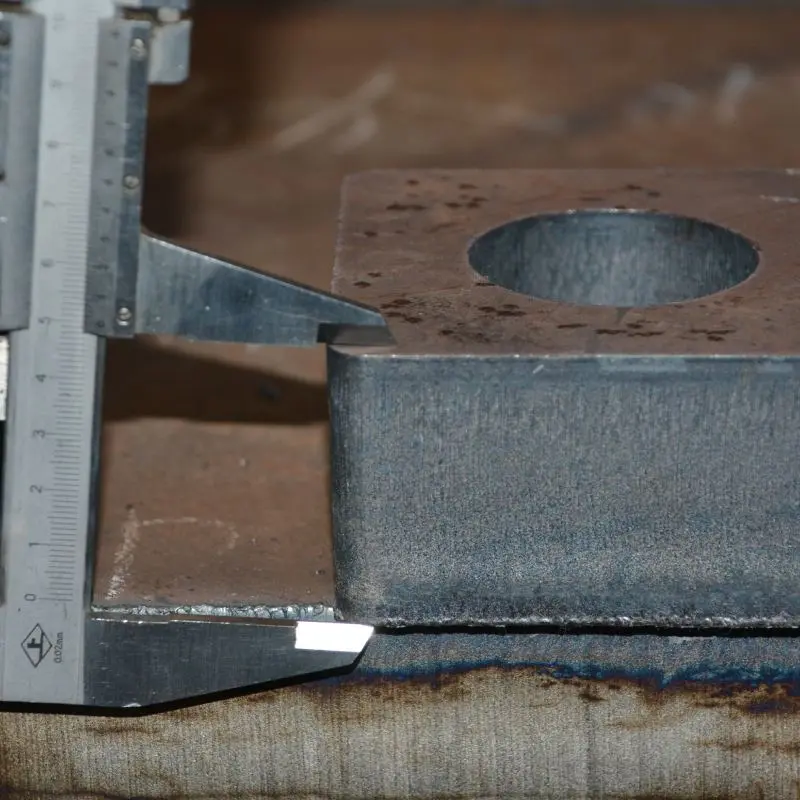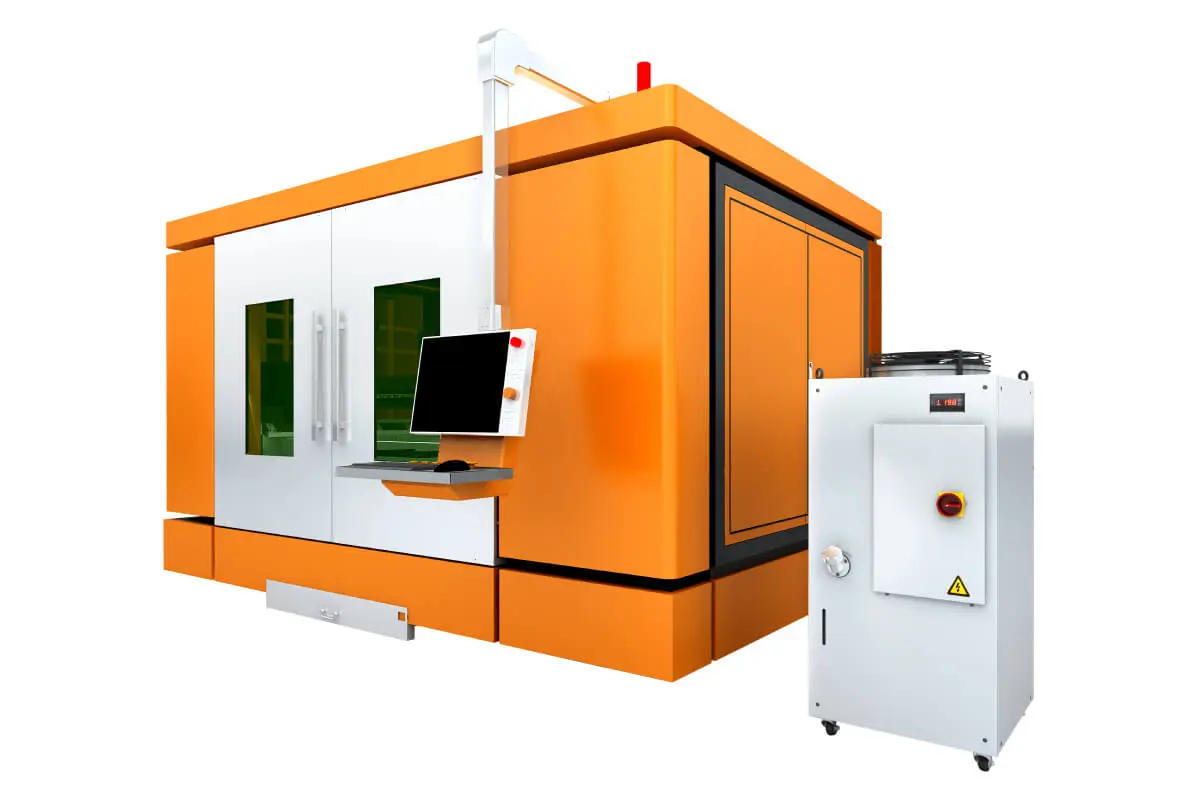
Exploring the Versatility and Efficiency of Cut Metal Fiber Laser Technology for Modern Manufacturing Applications
The advent of advanced manufacturing technologies has dramatically transformed the landscape of industrial production. Among the various innovations, cut metal fiber laser technology has emerged as a game-changer, revolutionizing how metals are processed and fabricated across numerous industries. This article provides an in-depth look at how cut metal fiber lasers operate, their advantages over traditional methods, applications in various sectors, and the future of this cutting-edge technology.
Cut metal fiber lasers function by using a focused beam of light to melt or vaporize metal, allowing for high precision cutting and engraving. The technology leverages the properties of fiber optics to produce a highly concentrated beam with lower power requirements than traditional CO2 laser systems. This increase in efficiency not only reduces operational costs but also enhances the overall quality of cuts, making fiber lasers an attractive option for manufacturers.
One of the foremost advantages of cut metal fiber lasers is their impressive speed and accuracy. These lasers can easily replace mechanical cutting methods that are slower and less precise. The ability to cut intricate designs and shapes in a variety of metal materials, including stainless steel, aluminum, and brass, has made fiber lasers an essential tool in the manufacturing process. With faster cutting speeds leading to higher throughput, businesses can meet tighter deadlines while maintaining high-quality output.

Exploring the Versatility and Efficiency of Cut Metal Fiber Laser Technology for Modern Manufacturing Applications
Another significant benefit of cut metal fiber laser technology is its lower maintenance requirements. Unlike traditional laser systems that may necessitate frequent adjustments and tune-ups, fiber lasers are designed with fewer moving parts, thus resulting in reduced wear and tear. This durability translates to less downtime and an overall increase in productivity. Furthermore, the maintenance process is typically simpler, making it easier for companies to train personnel in the basic servicing of these machines.
Flexibility is also a hallmark of cut metal fiber laser systems. These machines can be easily adjusted to accommodate different material types and thicknesses, offering manufacturers a versatile solution for various projects. Whether a company is working with thin sheets or more substantial metal plates, a fiber laser can provide the necessary power and adaptability. This versatility is particularly advantageous in industries such as automotive, aerospace, and metal fabrication, where precise and varied metalwork is common.
In addition to traditional industries, cut metal fiber lasers have found a place in emerging fields such as electronics and renewable energy. In the electronics sector, manufacturers utilize fiber lasers for creating intricate circuit board designs and enclosures. In the renewable energy field, the technology can be employed to create components for solar panels and wind turbine systems, proving its adaptability across diverse technological advancements.

Exploring the Versatility and Efficiency of Cut Metal Fiber Laser Technology for Modern Manufacturing Applications
Moreover, the environmental impact of cut metal fiber lasers is a notable consideration. Unlike other metal cutting methods that can produce significant waste and pollution, fiber lasers tend to have lower energy consumption and generate less scrap material. This eco-friendly aspect aligns with global efforts toward sustainable manufacturing practices, positioning cut metal fiber lasers as a suitable option for companies looking to reduce their carbon footprint.
As we look toward the future, the advancements in cut metal fiber laser technology are bound to continue. Ongoing research aims to enhance the overall performance, power efficiency, and automation of these machines, which could further expand their applications. The integration of artificial intelligence and machine learning into fiber laser systems may enable intelligent cutting processes, optimizing production schedules and minimizing human errors.
In conclusion, cut metal fiber laser technology stands at the forefront of modern manufacturing, offering unparalleled advantages in speed, precision, and versatility. As industries strive for improved efficiency and sustainability, fiber lasers are poised to play a vital role in shaping the future of metal processing. With their ability to meet the demands of an ever-evolving market, cut metal fiber lasers are not just a trend but a fundamental component of contemporary manufacturing practices. As businesses increasingly adopt this technology, the potential for innovation and growth is vast, creating pathways for even more advancements in the years to come. Fiber Laser Cutting Machine Metal



